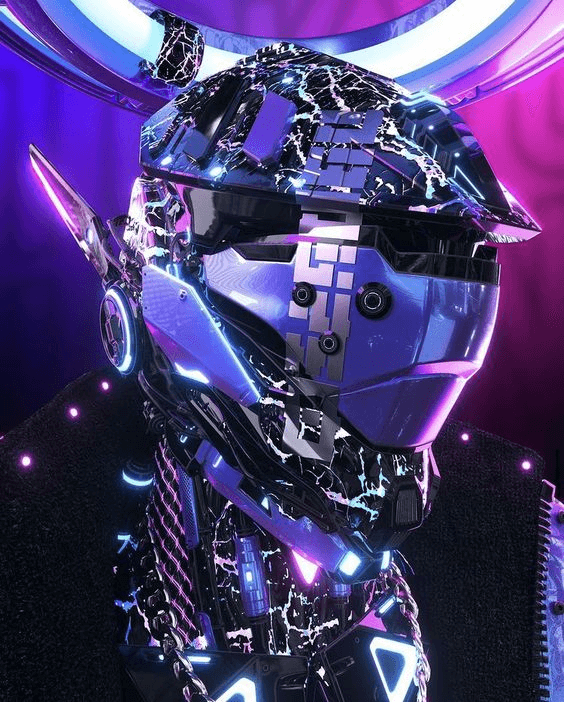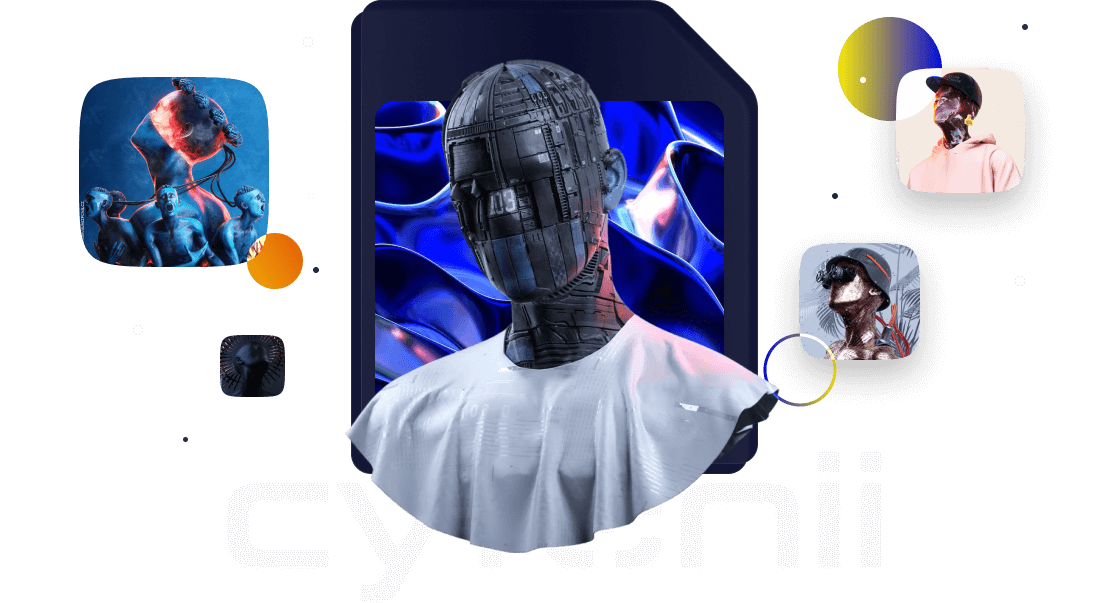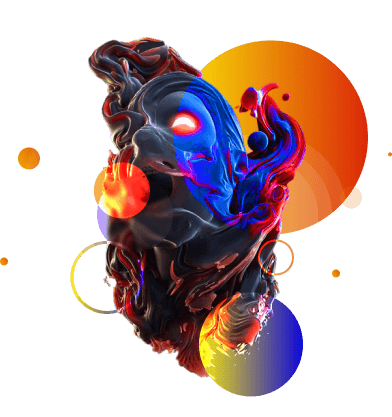

Leslie Alexander
leslie754

Blockchain is a decentralized digital ledger that securely records transactions across multiple computers. It ensures transparency, immutability, and security without the need for intermediaries.
Each transaction is grouped into blocks, linked chronologically, and protected by cryptography. NFTs (Non-Fungible Tokens) are unique digital assets built on blockchain technology. Unlike cryptocurrencies (e.g., Bitcoin), NFTs represent ownership of one-of-a-kind items such as digital art, music, collectibles, or virtual real estate. Each NFT has a distinct value due to its uniqueness, provenance, and scarcity. NFTs are revolutionizing industries like art, gaming, and entertainment by enabling creators to monetize their work directly while providing buyers with verifiable ownership.
More About UsRegistered User
Total Assets
Yearly Trading

Blockchain is the technology that digital currency, cryptocurrency and Bitcoin are built on. More specifically, it's the underlying technology that constructs a decentralized digital ledger that enables exchanges between multiple parties in a secure, immutable manner.
Blockchain decentralization is one of the fundamental aspects of the technology. Unlike centralized databases where a central authority, such as a bank, controls and verifies transactions, blockchain operates on a distributed ledger. This means multiple transparent participants, known as nodes, maintain, verify and update the ledger. Each node is spread across a network and contains a copy of the whole blockchain.

Founder & CEO
Designer
Designer
Designer
Designer
Designer
Designer
Polygon is a Layer 2 scaling solution for Ethereum, designed to improve the performance of decentralized applications (dApps) and smart contracts on the Ethereum blockchain.
Scalability: Polygon provides high scalability for Ethereum through sidechains (independent blockchains running alongside Ethereum). Lower Transaction Fees: One of the biggest challenges with Ethereum is high gas fees (transaction fees). Polygon significantly reduces these fees, making it more attractive for developers and users to interact with dApps, mint NFTs, or make microtransactions.